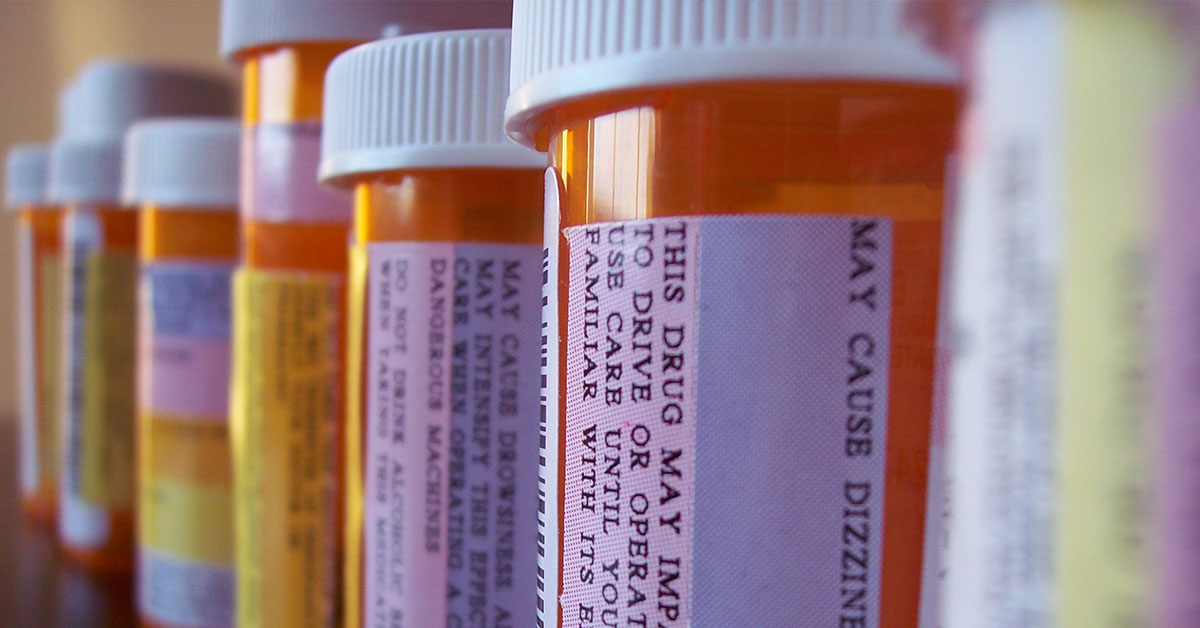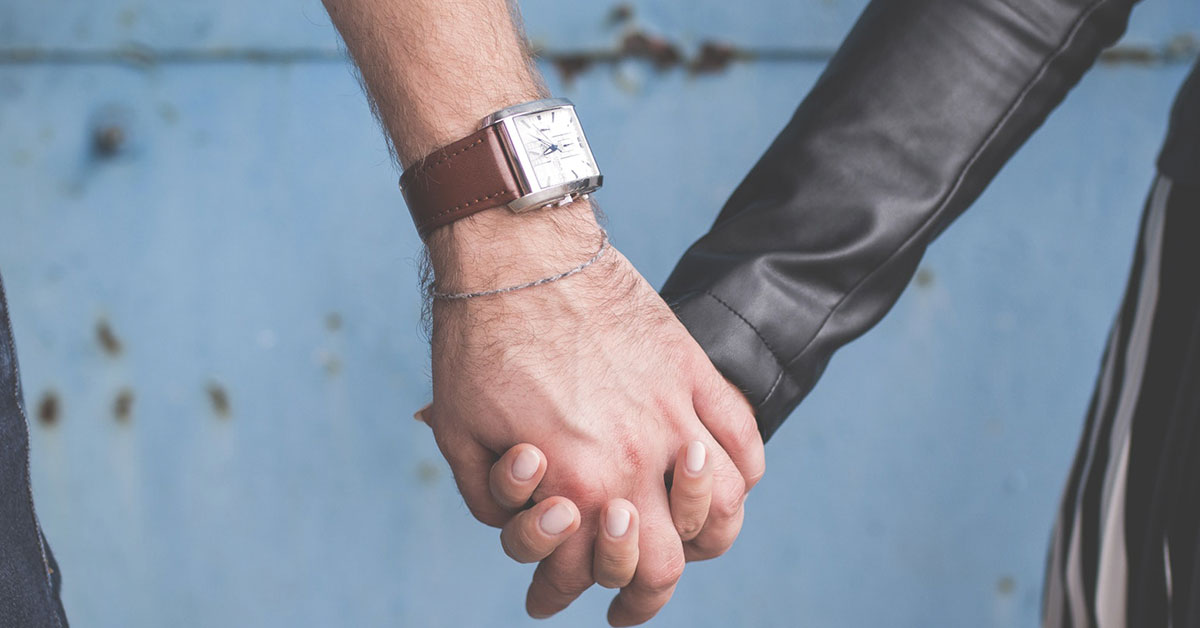05 Oct Opioid Addiction: When to Get Help
Table of Content
America is currently facing an opioid epidemic and the statistics are staggering. Today, 90% of the entire world’s opioids supply is consumed by one territory that accounts for 4.4% of the world as a whole; the land of the brave, the land of the free. That volume of consumption naturally begets a higher number of addicts and overdoses anywhere else in the world.
Since the beginning of the 1990’s we have seen a steep rise in the production and distribution of painkillers in the states, with prescription rates quadrupling in the span of a measly decade. While there are many factors and proponents within this epidemic—a topic of violent controversy—the simple fact is that America is turning opioid addicts at an unparalleled rate. Sadly, the rate in which this is occurring continues to climb.
Nowadays more people die in the US from opiate-related overdoses than car crashes. It is now the leading cause of death for Americans under the age of 50. While government platforms have begun to create infrastructure in aims to regulate opioid production and the methodology of its prescribing process, when the drug market inspires a new demand, the drug market finds a way to create a supply.

For whatever reason you have landed on this article, we state the above because it is paramount to understand how lethal opioid addiction (of the 52,000 overdose deaths in 2015, 70% of them were opioid-related) is and how vehemently the problem is scaling. If you are inclined to believe that you are currently dealing with an opioid addiction, then beyond all else you need to find help. Due to the nature of opioids and opiates, the specific addiction is among the most dangerous in the world. When the loss of control occurs at the deadly hands of opioids or opiates, statistics and our current epidemic has proven that it is often death which takes the wheel. Tackling an opioid addiction is mutually exclusive to saving a life.
Why is the Number of Overdoses Largely Due to Opioids and Opiates?
Dealing with pain is an age-old problem. Our human anatomy has not evolved into a species with a fragile nervous system. The nervous system is composed of axons, dendrites, and neurons, and it has always been. Opiate use—derived from the sap of the opium poppy—was humanity’s first attempt at medicating pain. They unveiled a scary truth rather quickly: opium is highly addictive, as beyond pain relief it also induces euphoria or the ‘high’ we speak on that addicts first relish in, they become slaves to.
Opioids are synthetic lab-created painkillers derived from alkaloids in the opium poppy. They are a sibling to opiates. They can range from moderate potency which help mitigate pain from mildly invasive surgeries, to impressively powerful medications meant to aid late-stage cancer patients before they lay to rest.
More importantly, opioids work to block or alter the way pain receptors communicate within a nervous system. They directly impair their functionality and simultaneously release endorphins, the latter being the root of the euphoria. While these are the integral purposes of their functionality, their effect on the body is an entirely different occurrence.
If abused, opioids can have an immediate effect on the parts of the brain which control the respiratory system. A simple way to put it is that opioids slow down the general pace of your body, and often overdoses occur when the brain—overloaded with opioids—forgets to communicate to the body and tell it to breathe! Eventually the loss of oxygen will also wane the heart’s functionality until it ceases to pump blood throughout the body.
The pairing of other drugs and opioids is often nothing short of poison. This is witnessed particularly when mixed with alcohol, a natural sedative which both slows the cardiovascular and respiratory system. The combination of these two substances both work to slow and limit the respiratory system, which is often why opioid and opiate overdoses occur when a victim ceases breathing.
It is an imperative that addicts and the general public understand how dangerous the misuse of opioids is to the human anatomy. We know too well the stigma behind heroin and how many lives the drug has claimed but opioids are proving to be a greater evil.
We address the potency and effects of this drug because it needs to be known. Addictions are rampant in many different facets of life. As a society we are addicted to sugar, pornography, caffeine, nicotine, marijuana, and a plethora of other substances and types of stimulation that would take an article ten times this long to list. The difference is that opioid addiction is the most dangerous, quickest to seize control, and easiest to overdose from. This fact spins under the spotlight now that it accounts for nearly all overdose-related deaths in America.
If you are currently struggling with an opioid addiction, make it your principle aspiration to find help and beat the addiction. This is not an addiction that only threatens the quality of your life, but threatens your life as a whole.
When Should an Opioid Addict Seek Help?
The short answer here is immediately. Unfortunately, the disease we know as addiction is a complicated and powerful affliction. A symptom of the disease is that it debilitates a person’s ability to recognize their trends with drug use and ultimately come to the conclusion that they are no longer in control. One of addiction’s most lethal weapons is denial. Addicts will create excuses for their drug use, justify it due to the regularity of their life outside of said drug, and flat out deny that they have any dependency issues. If you happen to be reading this—then it could be that you are here for a reason. Chances are, if you are concerned about your situation and trying to identify if it is time to seek professional help, then it is.
Dependency on Opioids
Think of an initial opioid prescription as a dangerous bird that has landed on your back. This bird will initially protect you from physical harm, aiding you in whatever trial required pain medication. The bird’s claws remain retracted and it sits peacefully along your spine. Once your prescription has ran its course this bird can now fly away. If a prescription is refilled, however, statistically there is a 50% chance that it will sink its talons into your skin. Every time a prescription is refilled thereafter, those claws will dig deeper and deeper.
If you have received an opioid prescription and find yourself craving more, it is important to evaluate whether or not it is due to the severity of your pain or the desire to curb an urge that is now present in the absence of painkillers. Initial dependency is difficult to dissect and the rapidity in which an opioid addiction can ferment often depends on a person’s predisposition to having the disease called addiction.
If your pain has ran its course or your post-surgery period has passed and you find that you are uncomfortable with life without opioids, then it is time to bring your problem to a professional, friend, or family member’s attention. Being that opioids release endorphins outside of pain relief, if it is the ‘high’ a novice addict is chasing then it needs to be curbed immediately.
Outright dependency is a more dangerous obstacle. If you find that you are in desperate need of opioids—a symptom often telegraphed by having to doctor hop and fake pain to find prescriptions—then it is paramount that you seek professional help. The unhealthy trend of opioid dependency is that once an addict leaves the doctor’s office or legal system, due to an inability to fill a prescription or afford the ones prescribed, they turn to the streets in search of counterfeit pills or heroin. This downward spiral can often be a quick plummet towards an overdose. If you allow the addiction to guide you towards illicit activities like buying street narcotics, you will rapidly transcend to a later stage of addiction, making treatment a more difficult process.

Withdrawals From Opioids
Withdrawals are married to dependency. The two have a symbiotic relationship. Withdrawals create dependency and dependency creates withdrawals. They are the age-old telltale sign of physical and mental dependency. It is important to know that withdrawals range in severity. From hospitalizing episodes to a minor stomach ache in the morning, the full range of withdrawals very.
A problem that can hamstring an addict’s path to recovery is ‘minor’ withdrawals being associated with issues outside of dependency. An alcoholic can wake up in the morning and vomit but blame it on food they ate the day prior. While a factor of this passing-of-blame is deeply rooted in denial, being that the withdrawal symptoms are not as strong they are easy to neglect.
It is imperative that if you feel you are facing withdrawals without opioids that you seek help. They are the primary indication that you have crossed a threshold and now your mental and physical health is impaired by the absence of the drug.
While these sorts of withdrawals range in consistency, there are some closely related to opioid dependency:
Nausea: if an addict finds they are nauseous in the absence of opioids and that ailment is curbed by use of a painkiller, this is a major symptom of withdrawals.
Depression: due to the way opioids interact with the nervous system, in the aftershock the user can experience extreme or moderate bouts of depression.
Anxiety: while the branches beneath the anxiety tree are many, if you feel anxious until otherwise using an opioid then that is a symptom of withdrawal, as you are dependent on the drug for mental stability.
Muscle cramps: due to a severe depletion of the nervous system’s natural chemicals, a dependent user can often experience muscle cramps, twitches, or burning as a withdrawal symptom.
Difficulty sleeping: married to anxiety, difficulty sleeping is due to a psychological dependency on said opioid. Panic, racing thoughts, and a racing heartbeat can occur in the absence of opioids, debilitating a user’s sleep patterns.
Constipation: it is often said we have a second brain in our stomachs. When our bodies are dependent on a certain substance to help regulate our digestive system, when that substance is removed it can go haywire.
Cravings: while this is commonsensical, it is an obvious withdrawal symptom. If you find yourself craving an opioid then this is your brain surrendering to dependency.
While we left out many symptoms of withdrawal, these are a few most closely related to opioid addiction. If this is your reality, then it is time to seek help. Withdrawals are often the vehicle that drives addicts further into their addiction, as they fear the misery that accompanies detoxing.
Problems With Opioids You Can No Longer Ignore
This may seem obvious but it needs to be addressed. An addict can only live in denial until their life outside of their drug habit begins to falter. A milestone of addiction can be identified by a loss of friends, separation of family, financial hardship, losing a job, and any facet of life that is affected outside of an addict’s immediate health.
If you feel that you are falling down this rabbit hole or that your performance in daily life is lacking then it is time to seek help. It is important to remember that when friends and family reach out independently, or stage an intervention, that they are doing so out of love and a willingness to help you. Unfortunately, being that your addiction is now recognizable to others, this is a red flag that means it’s time to find help.
Recovery From Opioid Addiction
The road to recovery is not an easy one. No matter what stage of addiction, detoxing from a dependency can be a miserable experience. Coming to grips with addiction is equally as hard, as admitting to the self is a surrendering of ego and a welcoming of painful responsibility. We want you to know that you are not alone. If you are here reading this to discern whether or not you need help, then know there are thousands facing the same issue.
Addiction is a disease, not a moral weakness. There are treatment facilities run by trained professionals that have dedicated their lives to helping people beat addiction. If you feel that any of the above pertains to your situation, then seek professional help, be honest with those you love, and act quickly. No matter what road took you to the barren plains of opioid-addiction, there are tools that can help you and, after all is said and done, possibly save your life.
Sources:
“Get Help for a Loved One Struggling with Opioid Use or Addiction.” Partnership For Drug-Free Kids. 14 Mar. 2019. https://drugfree.org/article/get-help-for-a-loved-one-heroin-opioids/
“Opioid Addiction.” Familydoctor.org. 14 Mar. 2019. https://familydoctor.org/condition/opioid-addiction/
“How to Help an Opiate Addict.” Drugabuse.com. 14 Mar. 2019. https://drugabuse.com/opiates/how-to-help-an-addict/



 678-771-6411
678-771-6411


No Comments